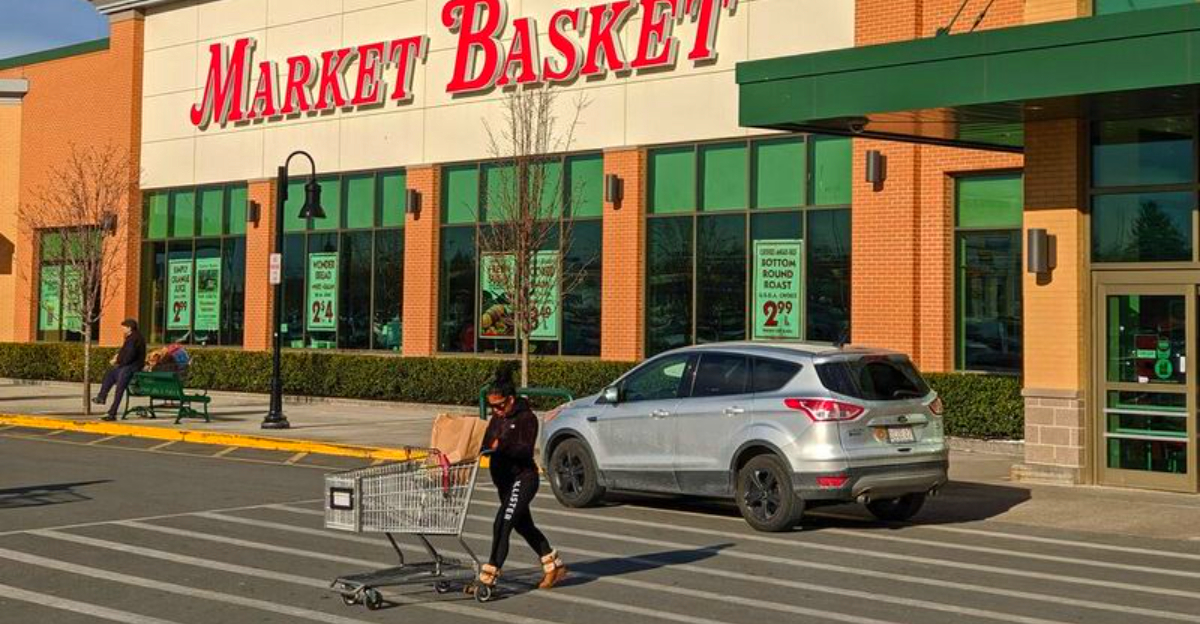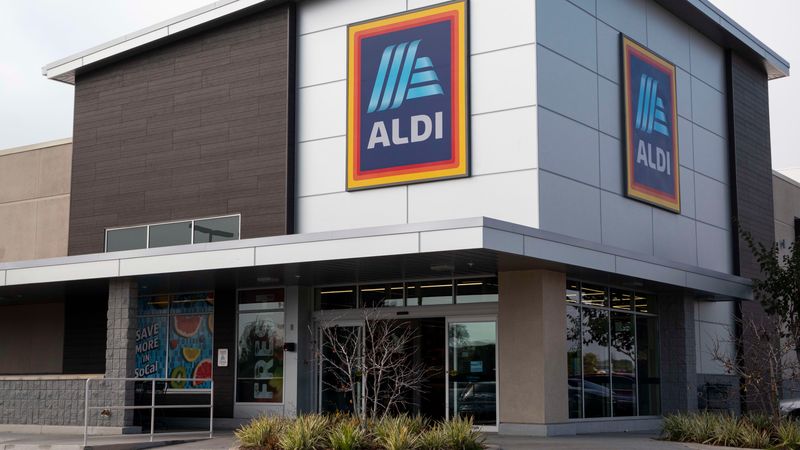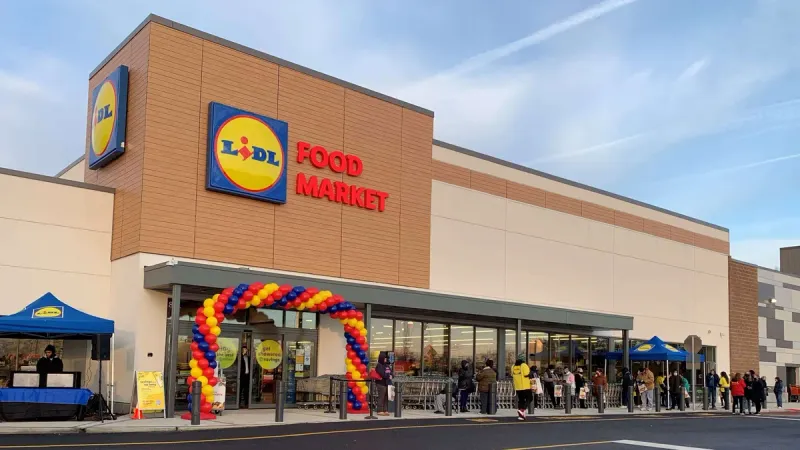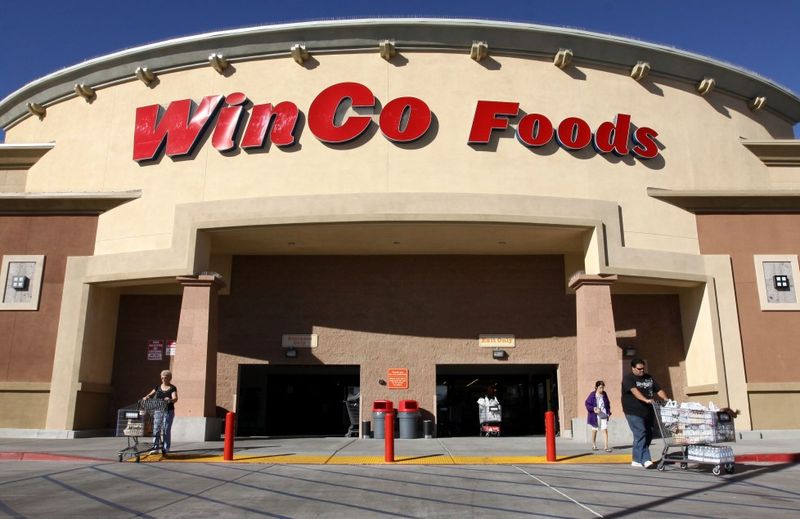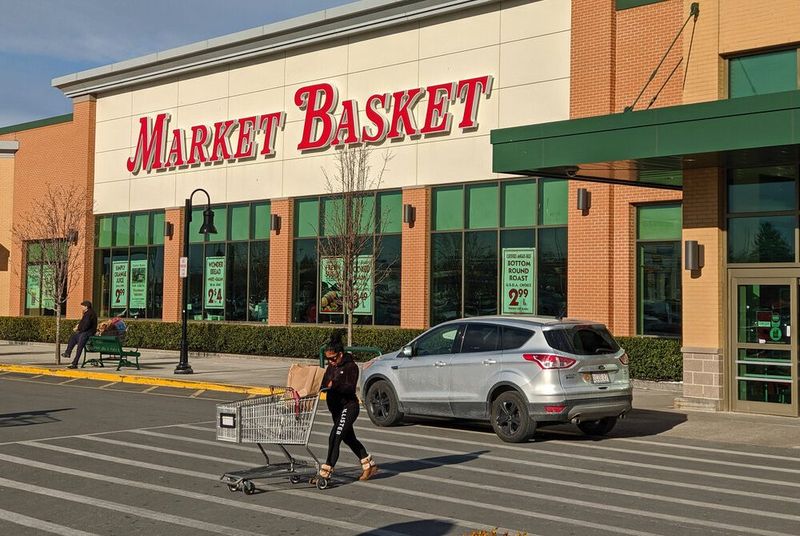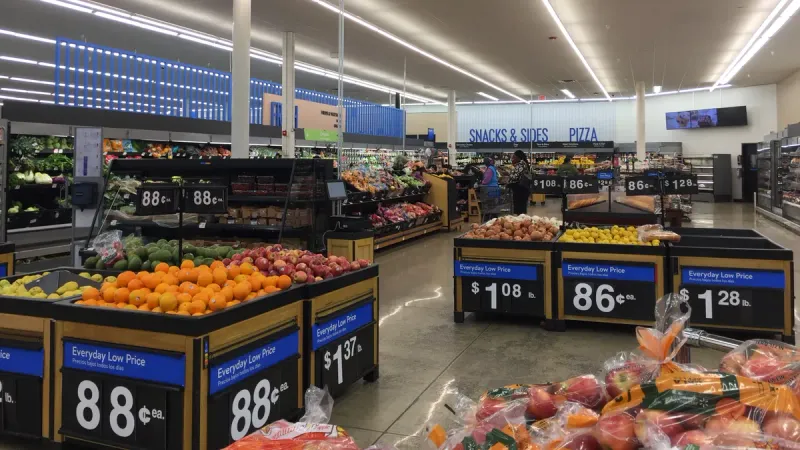Grocery shopping doesn’t have to drain your wallet every week. Americans are discovering that certain stores consistently deliver rock-bottom prices without sacrificing quality or value. From coast to coast, savvy shoppers are flocking to these budget-friendly chains that prove you can eat well and save big at the same time.
1. ALDI
Walk into any ALDI location and you’ll immediately notice the difference. This German-born chain has mastered the art of cutting costs without cutting corners, saving shoppers up to 40% compared to traditional grocery stores.
The secret lies in their streamlined approach: mostly private-label products, minimal staffing, and a no-frills shopping experience where you bag your own groceries. In 2025, ALDI doubled down on affordability by slashing prices on hundreds of items, making it even more attractive for budget-conscious families.
Sure, you won’t find every national brand or fancy service counter here. But if saving serious money on quality groceries matters most, ALDI delivers exactly what you need.
2. Lidl
Another European discount powerhouse has been winning over American shoppers with impressive savings. Lidl operates with a similar philosophy to its German cousin ALDI but brings its own unique flair to the budget grocery game.
Consumer surveys in 2025 highlight Lidl’s exceptional value proposition, thanks to limited product selection focused heavily on private labels and ultra-efficient store layouts. The chain keeps overhead low and passes those savings directly to customers at checkout.
The trade-off? Fewer locations depending on where you live, and you might miss some specialty items or favorite national brands. Still, for everyday essentials at wallet-friendly prices, Lidl earns high marks from shoppers.
3. WinCo Foods
Out West, this employee-owned gem operates like a grocery warehouse where low prices reign supreme. WinCo Foods has built a loyal following across several Western and Southwest states by keeping things simple and costs down.
Founded on no-frills principles, the chain uses direct sourcing and warehouse-style operations to deliver some of the lowest grocery prices in America. Being employee-owned also means the company focuses on long-term value rather than short-term profits, benefiting shoppers directly.
The downside is availability—WinCo remains regional rather than nationwide. Plus, the warehouse feel might seem less polished than traditional supermarkets. But for those who have access, the savings speak volumes.
4. Market Basket
New Englanders know something the rest of the country is missing out on. Market Basket has earned legendary status in the Northeast for delivering consistently low prices while maintaining strong community ties.
What sets this regional chain apart is its debt-free business model, allowing management to focus on pricing discipline rather than paying off loans. This financial freedom translates directly into lower shelf prices for everyday shoppers who’ve made Market Basket a household name.
Geography is the biggest limitation—unless you live in New England, you won’t find one nearby. And while prices impress, the selection and service might not match every shopper’s expectations across all categories.
5. Walmart Supercenters
You probably already know Walmart, but its grocery section deserves recognition as a budget powerhouse. The retail giant’s “everyday low pricing” strategy applies just as much to milk and bread as it does to electronics and clothing.
Massive supply-chain advantages and robust private-label programs allow Walmart to compete aggressively on grocery pricing nationwide. Rankings consistently place Walmart among the cheapest options for food shopping, with noticeable savings compared to traditional supermarkets.
Keep in mind that you’re shopping a department within a big-box store rather than a dedicated grocer. Other specialized chains might beat Walmart’s prices in specific regions or categories, and shopping experience varies by location.
